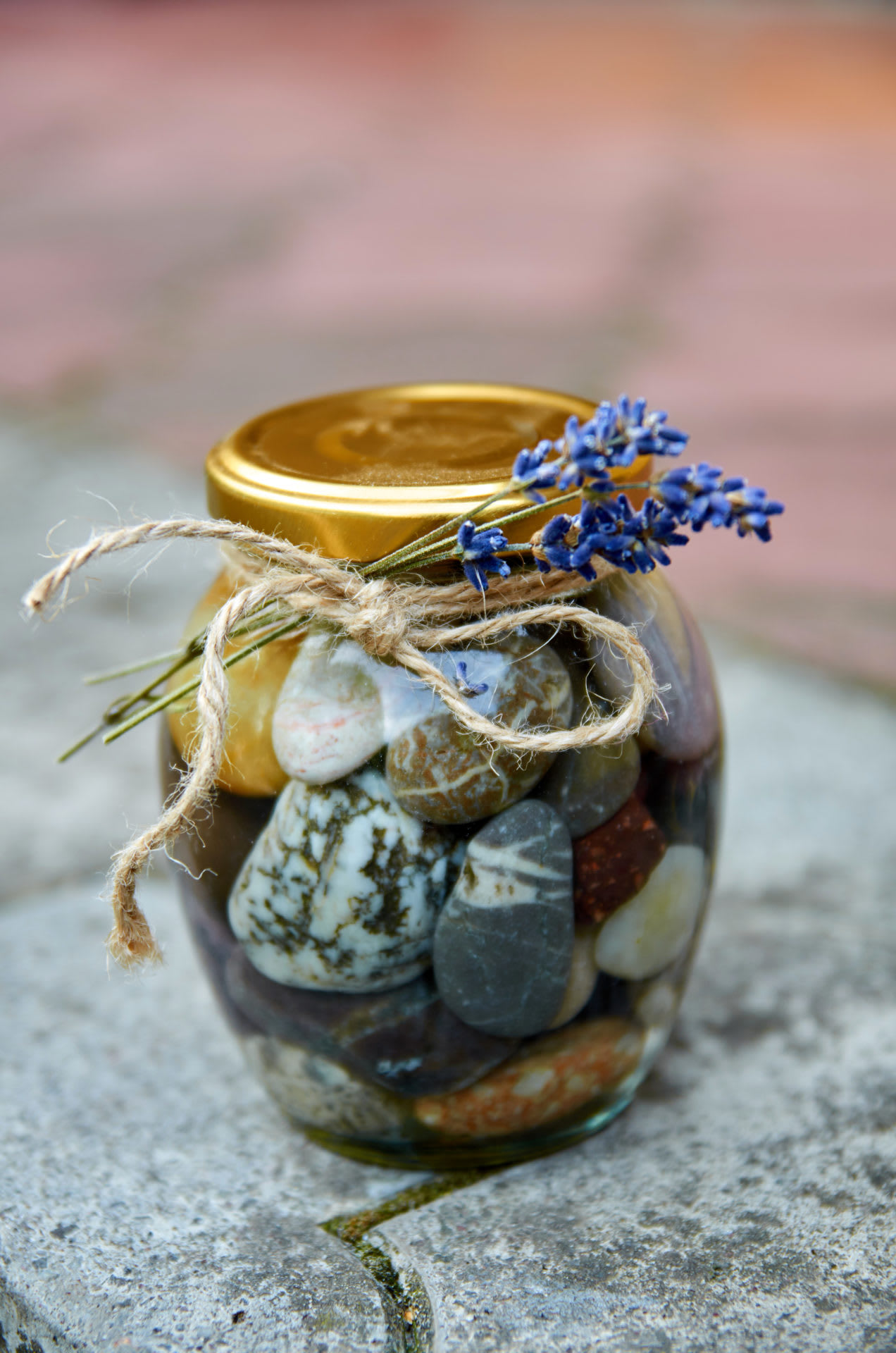Teachers I work with are always looking for new SEL activities for their students to practice social emotional learning programs into their classrooms – it’s one of those concepts that all teachers know should be taught during the day but finding the time to do so is always a challenge.
5 SEL Activities for Your Classroom
Fortunately, getting your students familiar with SEL scenarios and concepts does not have to be a heavy lift. You can start by implementing one of the following SEL activities into your classroom to get the momentum rolling.
1. Put Out a Compassion Jar
An easy way to create awareness of social-emotional skills across your classroom is through a “compassion jar.” The jar should be a fixture of the classroom: one that you return to throughout the year to consistently remind your students to be compassionate.
Each time you catch a student showing compassion – or even when a student sees another student being compassionate – place an object (pebble, marble, small candy, etc.) into the jar. To make this a mainstay in your classroom, create space for an anchor chart in your classroom where you write the compassionate acts you have witnessed in your classroom. Revisit the anchor whenever a new compassionate act pops up!
Once the jar is full, host a celebration or give a prize for your students. A fun SEL exercise that can be disguised as a reward is to watch the Disney movie Inside Out. Itcan help students recognize the emotions they have been working to understand all year.
2. Create a Safe Place
Negative emotions will inevitably appear during the school year. Design a distinct space in your classroom that students can head to when they need to cool down. This space should be used solely for the purpose of allowing students to intentionally work through their negative emotions.
To make the space as inviting as possible, consider including a calming caddy that includes activities your students can complete as they manage their emotions.
Remember, your safe space should never be used as punishment: it is not a timeout. Model using a safe place throughout the year – if you’re frustrated by your students’ behavior, you can even use the safe space to show students that it is OK to publicly manage your emotions!
3. Encourage Journal Entries
Journaling is common in schools and its familiarity makes it a great starting point for implementing SEL activities into your classroom. Journaling is versatile; Many teachers have journal entry prompts on bulletin boards for early finishers while others have dedicated time built into their classes for free writing. Others like to use journaling as a ‘do now’ SEL activity that students can do on their own for a few minutes as soon as they enter the classroom.
To get students to think about how they might resolve various conflicts during the school day, consider adding “SEL scenarios” into the mix. Here are some examples to get you thinking:
- At recess, you knocked your friend while you were running and they fell down. They got hurt. What would you do next?
- You borrowed a book from a friend over the weekend and spilled your soda all over it. It’s not ruined but it isn’t in the same condition they gave it to you in. What do you say to your friend?
- You promised your mom that you would clean your room but you forgot. When she gets home from work, she sees that your room is still messy. What can you tell her?
- You thought you were going to do great on your math homework. When you got the assignment back, you got most of the questions wrong. How do you feel? What do you do next?
4. Teach Breathing Strategies
Purposeful breathing is a great tool for students to pick up at an early age. Breathing intentionally helps slow down the respiratory system which allows the breather to feel calmer and less stressed.
The idea of sitting quietly and practicing breathing might sound a little boring to some students but there’s no reason it has to be boring. Try implementing fun methodologies with your students to help them build purposeful breathing into a habit. Consider practicing the following strategies as a whole group after recess, before independent reading, or at the end of the day. You can also develop breathing strategy flashcards and place them in your Safe Place.
Here are some methods to implement immediately:
- Back To Back Breathing – Find a partner and sit on the floor back to back. Sit tall and close your eyes if you want to. Decide who will start – that person begins by inhaling deeply and then exhaling slowly and deeply. The partner tries to match their breathing exactly.
- Elephant Breathing – Stand with your feet wide apart and your arms dangling in front of your body like an elephant’s trunk. As you breathe in deeply through your nose, raise your arms up high above your head. Then slowly swing your arms down again as you breathe out through your mouth.
- Shoulder Roll Breathing – Choose a comfortable sitting position. As you take a slow deep breath in through your nose raise your shoulders up towards your ears. Breathe slowly out through your mouth, lowering your shoulders as you exhale. Repeat slowly, rolling your shoulders up and down in time with your breath.
5. Be Kind Bingo
Another great SEL activity to use at the beginning of the year, after long breaks, or during testing season is retooling a bingo board to encourage students to display compassion. Over the course of a week, have students carry their bingo boards with them. Their board should prompt them to “invite someone new to join your game,” “look for a way to make someone else’s day better,” or “say ‘hi’ to someone new”. As they complete these tasks, have them mark the boards with an ‘x’ where appropriate.
If you’re trying to make a longer-term game of Be Kind Bingo, let students know that they need to complete each task on the board. This is a fun way to have students monitor themselves and regularly check their board to determine different ways to be kind.
Get Started with SEL Classroom Activities Now
It’s easy to get overwhelmed when thinking about implementing classroom SEL activities: there are so many different aspects to address. But by choosing one thing to integrate into your classroom now, you’ll be ready to add a second, third, and fourth strategy to your repertoire for next year. Didn’t see a strategy you liked on this list? No problem! Here are 25 additional ways to get going.

Luke taught elementary school students in both Baltimore City Public Schools and DC Public Schools. As part of the EVERFI team, he now works with schools across the state of Maryland to help teachers implement our online resources.

